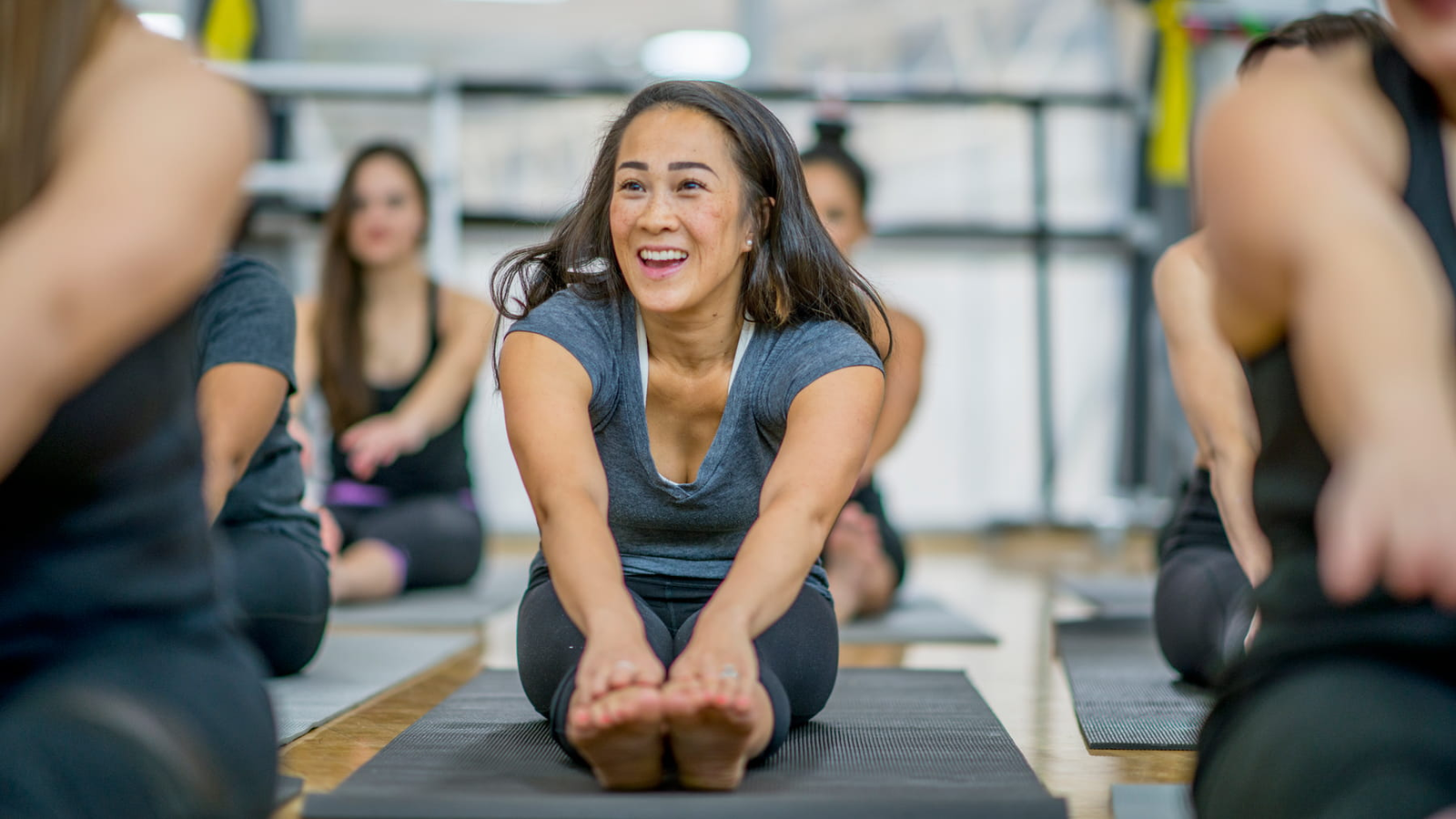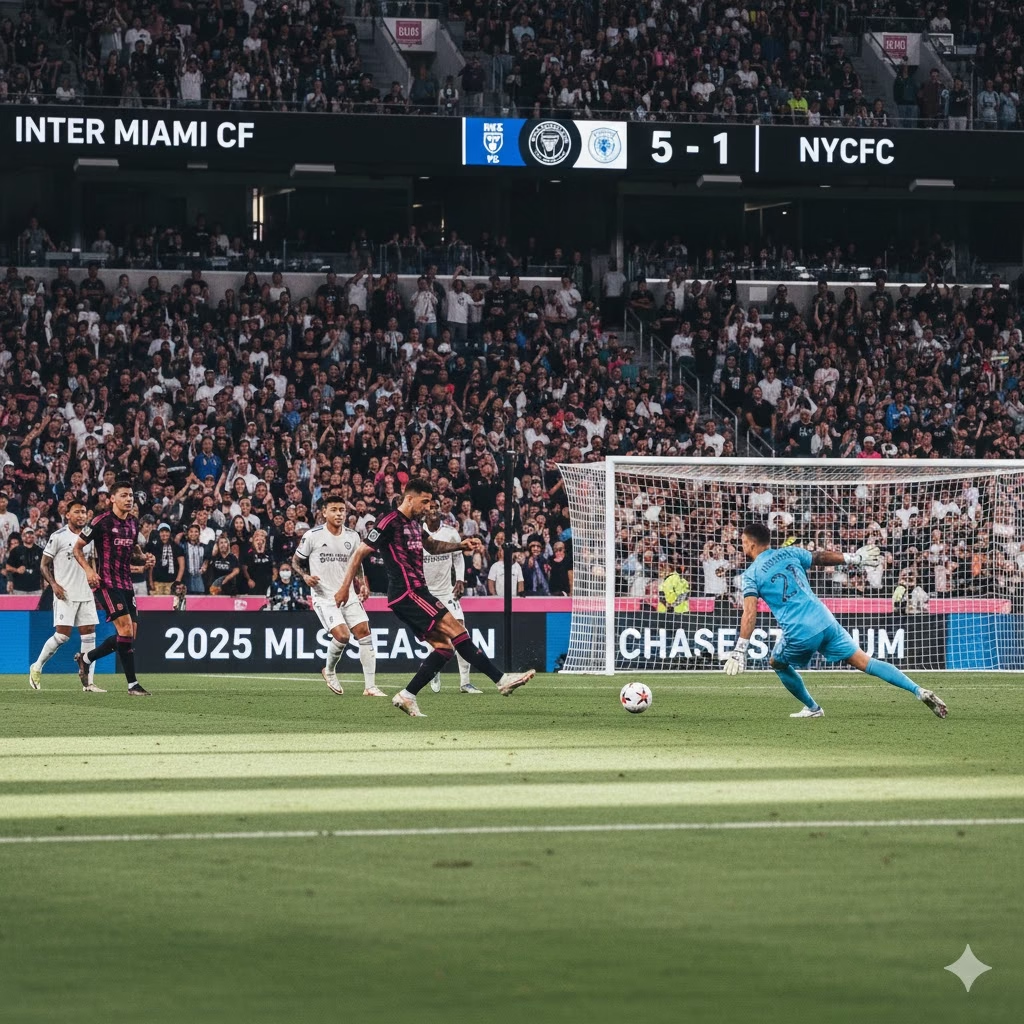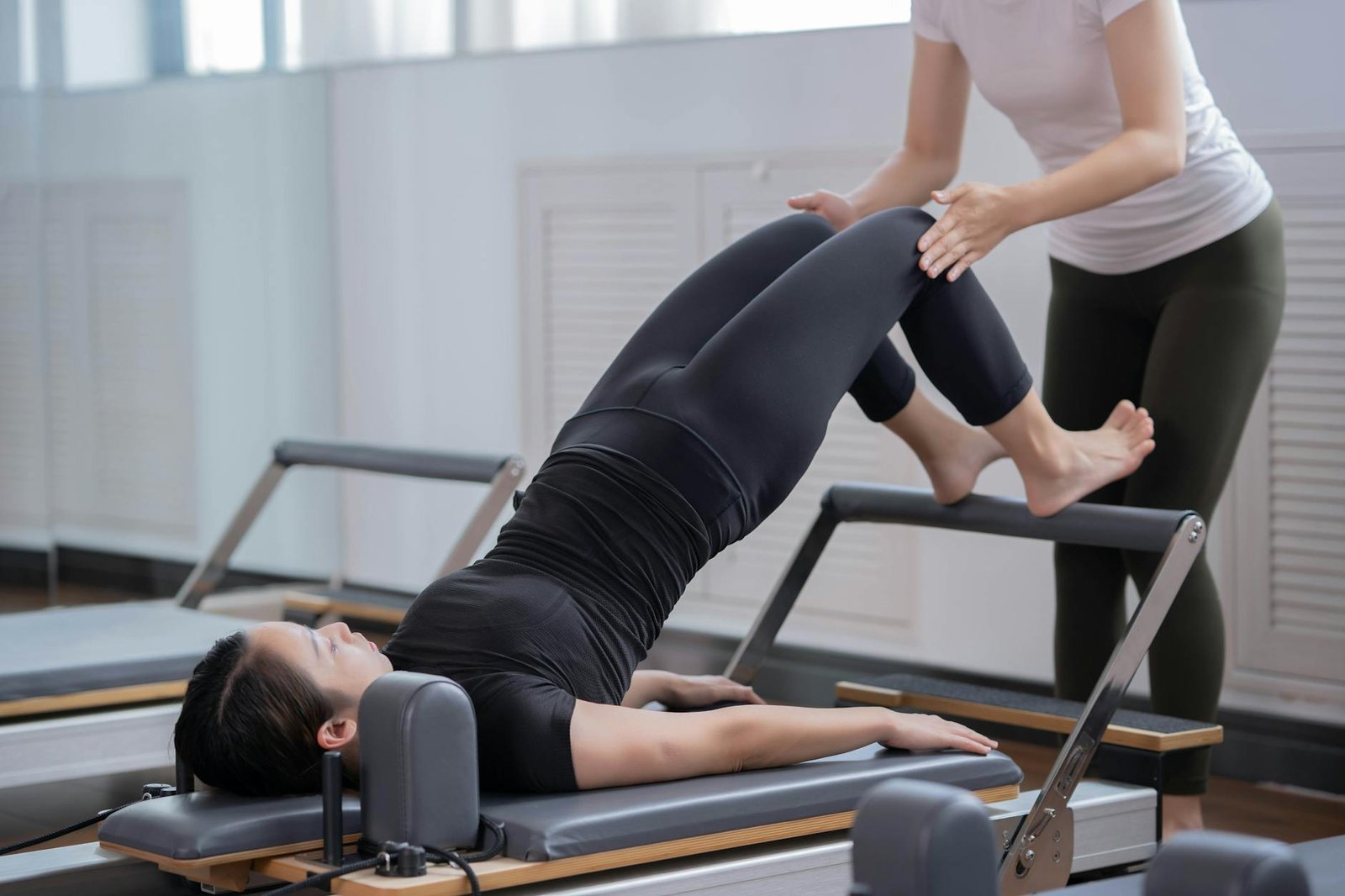
Ever notice how your workouts don’t quite hit the same way they did in your 20s or 30s? You’re not imagining it. As men move into their 40s and beyond, staying in shape becomes less about chasing aesthetics and more about maintaining strength, mobility, and quality of life for the long haul.

Your body goes through real, measurable changes with age. Muscle mass naturally starts to decline, bones lose density, and metabolism slows. According to fitness experts at Svetness, the average person begins losing about 3% to 8% of muscle per decade after turning 30, with the rate picking up speed after 60. And we’re not just talking about losing definition; less muscle means reduced mobility, greater fall risk, and increased chances of developing conditions like heart disease or osteoporosis.

This slow muscle loss even has a name: sarcopenia. According to the Cleveland Clinic, it’s a progressive loss of muscle strength and function. But the good news is that it’s not a guaranteed slide downward. You control a great deal of how much muscle you lose—and how quickly. Your best weapon? Strength training and a healthy lifestyle.

What Smart Training Looks Like After 40
Forget punishing yourself at the gym or attempting to recapture your youth glory days of max bench presses. Your concern at this point should be long-term functional strength and preventing injury.

Fitness professionals—from Men’s Health to physical therapists—recommend sticking to tried-and-true compound movements like squats, deadlifts, rows, and presses. Supplement those with targeted isolation work to strengthen vulnerable joints and reinforce the mind-muscle connection. Instead of going heavy with low reps, aim for moderate weight and a rep range of 8–15. It’s easier on your joints and just as effective for maintaining muscle.

Cardio Still Counts
The older we get, the more attention heart health should receive. Your VO2 max (your body’s efficiency at using oxygen) decreases with age, as does cardiovascular toughness. Regular cardio in the form of walking quickly, cycling, swimming, or interval training keeps your heart in great condition.

The New York Times recommends a goal of at least 150 minutes of moderate or intense aerobic exercise per week, with two strength training sessions. That’s a formula for added longevity and vitality.

Flexibility: The Unsung Hero
You probably did not worry much about flexibility when you were young, but over 40,mobilityis an important aspect of preventing injury and functioning daily. Low-impact exercises such as yoga, Pilates, and dynamic stretching can enhance joint health, increase circulation, and help you move well. Just 10 minutes, a couple of times a week, can make a marked improvement.

Recovery: No Longer Optional
One of the largest changes after 40? It takes longer to recover. That nagging soreness you once shrugged off in a day may now persist. Rest days aren’t weakness—they’re necessary. Think active recovery in the form of light strolls, stretching, or foam rolling. Also, make rest and hydration priorities. As Men’s Health reminds us, how well you recover is what ultimately determines how good your workouts actually are.

Exercise Smarter, Not Harder
Certain movements that were okay in your younger days may now overload your joints and ligaments more than they need to. Heavy barbell training, high-impact plyos, or clumsy overhead movements (such as behind-the-neck presses) can more hurt than help. Replace them with dumbbells for greater control, put form ahead of ego, and avoid exercises that don’t feel right.

Nutrition That Supports Your Goals
If you want to preserve energy and muscle, your nutrition is as critical as your exercise routine. Protein supports muscle retention, hunger control, and even bone structure. Healthline reports that boosting daily protein intake can counteract age-related muscle loss and aid in recovery.

What about HGH?
You’ve probably heard the hype around human growth hormone (HGH) as a quick fix for aging. But the science just doesn’t support the idea that HGH improves strength, energy, or youthfulness in healthy adults. The Mayo Clinic warns that HGH supplements come with potential health risks and no guaranteed benefits. The real fountain of youth? Consistency, smart training, and whole foods.

Play the Long Game
The greatest change in thinking past age 40 is this: consistency trumps intensity. You don’t need to kill each session or set personal bests to make significant gains. Simply showing up regularly, listening to your body, and training with intention will pay dividends. Your priorities may change from performance to functionality, but that’s not a diminishment. That’s smart.

Whether it’s keeping pace with your children, hiking and exploring the outdoors, or just feeling strong and capable in your body, fitness past 40 is about investing in a body that can support the life you want to live.

Getting older is unavoidable. Losing your strength, mobility, and independence? That’s up to you.















